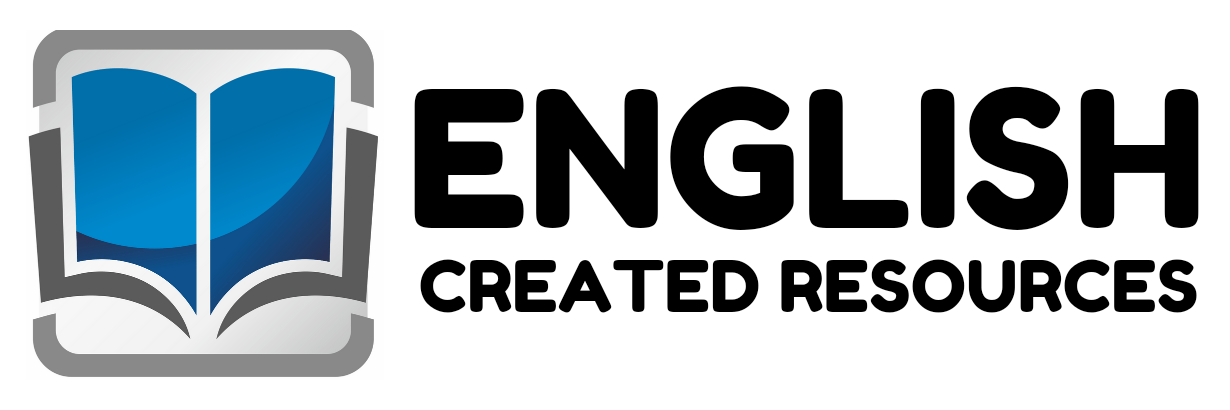Alphabet Easter Egg Puzzles

Alphabet Easter Egg Puzzles
Preschool is a critical stage in a child’s development. It is during these formative years that children begin to acquire the foundational skills necessary for later academic success. One of the most essential skills at this stage is literacy, beginning with letter recognition and phonemic awareness. To make the process of learning enjoyable and effective, educators and parents often turn to playful, hands-on activities. Among the most engaging and educational of these activities are Alphabet Easter Egg Puzzles.
Alphabet Easter Egg Puzzles are a creative and interactive learning tool designed to help young children recognize and match letters of the alphabet, often pairing uppercase and lowercase letters. These puzzles can come in the form of colorful plastic eggs that open up, with one half showing an uppercase letter and the other half a matching lowercase letter. Children are then challenged to find and match the correct pairs. This seemingly simple activity offers a wide range of developmental benefits, making it an invaluable resource in early childhood education.
1. Enhancing Letter Recognition
At the core of Alphabet Easter Egg Puzzles is the goal of improving letter recognition, which is a fundamental skill for early literacy. By repeatedly seeing and handling both uppercase and lowercase letters, children become more familiar with the shapes and sounds of the alphabet. Matching the correct pairs reinforces visual memory and encourages children to differentiate between similar-looking letters such as “b” and “d” or “p” and “q”. This foundational knowledge lays the groundwork for reading and writing success in kindergarten and beyond.
2. Supporting Fine Motor Skills Development
Manipulating small egg pieces requires children to use their fingers and hands with precision. Twisting, pulling apart, and reassembling the egg halves help to strengthen the small muscles in the hands, known as fine motor skills. These skills are necessary for later tasks such as holding a pencil, cutting with scissors, and fastening buttons. Alphabet Easter Egg Puzzles provide a playful and purposeful way to build these motor skills while keeping children engaged.
3. Encouraging Problem Solving and Critical Thinking
Alphabet puzzles require children to think critically and solve problems. As they search for the correct matches, they must use memory, recognition, and reasoning skills to determine which pieces go together. This process fosters independence and perseverance, especially when a match is not immediately obvious. Children learn to try again, look for clues, and build strategies to complete the task successfully. These problem-solving abilities are not only vital for academic learning but also for everyday life situations.
4. Promoting Language and Vocabulary Development
When used in a group or classroom setting, Alphabet Easter Egg Puzzles can encourage conversation and collaboration. Children may discuss which letters they are looking for, ask for help, or describe the colors and shapes of their eggs. This interaction promotes the development of vocabulary, expressive language, and social communication skills. Educators and parents can further enhance learning by incorporating letter sounds, beginning sounds of words, or even simple phonics games using the eggs.
5. Fostering Engagement and Motivation
Themed activities like Easter Egg Puzzles add a festive and exciting element to learning. Associating the alphabet with a fun holiday like Easter creates positive emotional experiences around literacy. When children are having fun, they are more likely to stay focused, participate willingly, and retain the information they are learning. The novelty of the egg shape and the surprise element of opening and discovering the correct match can keep even the most hesitant learners intrigued and involved.
6. Supporting Differentiated Learning
Alphabet Easter Egg Puzzles can be easily adapted to suit a range of learning levels. For beginners, matching uppercase letters to their lowercase counterparts is a great starting point. For more advanced learners, educators can add extra challenges such as matching letters with pictures of objects that start with that letter sound. Some puzzles might include simple sight words or blends for children who are ready for early reading concepts. This flexibility makes the activity appropriate for a wide variety of learners in a preschool setting.
7. Encouraging Independent and Cooperative Play
Another valuable benefit of Alphabet Easter Egg Puzzles is their versatility in promoting both independent and cooperative play. Children can work alone at their own pace, building confidence in their abilities. Alternatively, they can pair up or work in small groups, fostering teamwork and peer learning. Both types of play are essential for preschoolers, helping them learn to manage tasks independently as well as navigate social dynamics with their peers.
Incorporating Alphabet Easter Egg Puzzles into preschool learning environments is a highly effective way to combine education with play. These puzzles offer a multi-sensory, hands-on experience that supports cognitive, motor, language, and social development. By engaging children in a festive and purposeful way, they help lay a strong foundation for literacy and a lifelong love of learning. Whether used at home or in the classroom, Alphabet Easter Egg Puzzles are more than just a holiday activity—they are a powerful educational tool that brings joy and learning together in a meaningful way.
Samples From the Puzzles












